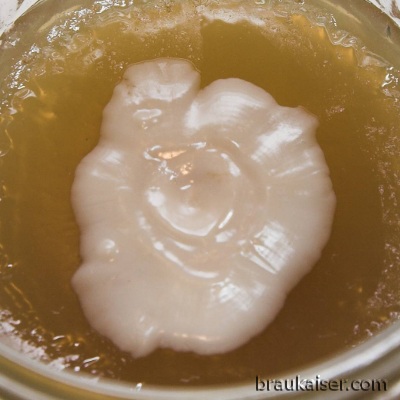chrishobza
Member
Greetings,
I've been brewing for 2 and half years and in that time I've made 30 or so batches of really nice, drinkable beer. I was kegging a couple of beers this evening; a west coast red ale and a Belgian Golden strong ale. I thiefed a bit of the west coast red out of the bucket for a gravity reading and to take a quick taste. The beer looked a beautifully bright clear beer, however it smelled bad and tasted God awful. Like band-aids, kind of rubbery too, like licking a truck tire or something. I couldn't bring myself to taste it again. Needless to say I dumped it.
Since I've always been really conscientious of sanitation, this really took me by surprise. I do not want this to happen again. Anyone have any ideas on exactly went wrong? I fermented the beer in a plastic bucket for about 3 weeks. The FG came out about right. The bucket had the dried yeast ring around the top and the there was a good yeast cake at the bottom. Looking in my notes the bubbling from the blowoff hose began about 6 hours after pitching. For those reasons I'm thinking this infection came after the first 5 or 6 days of fermentation.
Any thoughts or ideas that I need to investigate further would be really helpful.
Chris
I've been brewing for 2 and half years and in that time I've made 30 or so batches of really nice, drinkable beer. I was kegging a couple of beers this evening; a west coast red ale and a Belgian Golden strong ale. I thiefed a bit of the west coast red out of the bucket for a gravity reading and to take a quick taste. The beer looked a beautifully bright clear beer, however it smelled bad and tasted God awful. Like band-aids, kind of rubbery too, like licking a truck tire or something. I couldn't bring myself to taste it again. Needless to say I dumped it.
Since I've always been really conscientious of sanitation, this really took me by surprise. I do not want this to happen again. Anyone have any ideas on exactly went wrong? I fermented the beer in a plastic bucket for about 3 weeks. The FG came out about right. The bucket had the dried yeast ring around the top and the there was a good yeast cake at the bottom. Looking in my notes the bubbling from the blowoff hose began about 6 hours after pitching. For those reasons I'm thinking this infection came after the first 5 or 6 days of fermentation.
Any thoughts or ideas that I need to investigate further would be really helpful.
Chris



